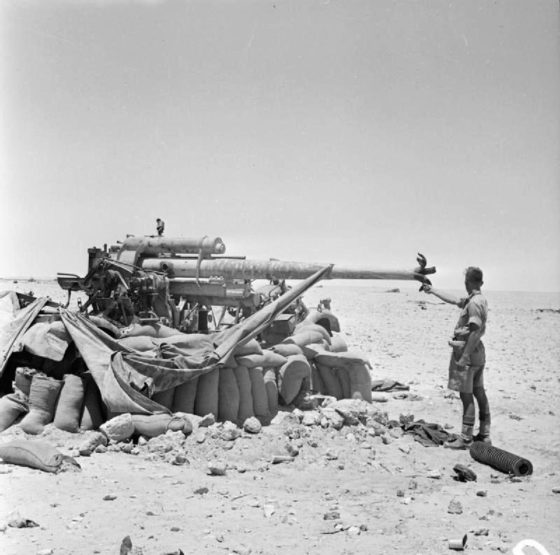
“The unlikely dispute was actually part of a wider ongoing feud between two warring factions in northern Italy.”
SOME WARS ARE fought for land. Others have been waged over oil. More than a few have been about abstract stuff like freedom or liberty.
Then there was the14th Century war between the northern Italian city-states of Modena and Bologna. It was fought over a wooden bucket.
According to legend, the conflict known now as the War for the Oaken Bucket broke out in 1325 after a group of Modenese soldiers dashed into the rival town of Bologna and absconded with an oak pail full of booty. To add insult to injury, the thieves brought the unlikely trophy back to their hometown and proudly put it on display. Outraged at being the butt of a joke, the Bolognese called out their army and marched on Modena to recover the bucket… and some measure of their dignity.
What is not legend however is the fact that the small feud would become the focal point of a wider war between two more powerful factions in northern Italy: the Guelphs and the Ghibellines. And these two kingdoms just happened to be on opposing sides of an even larger power struggle between the Vatican and the mighty Holy Roman Empire for political control of Medieval Europe.
More than 30,000 Guelph foot soldiers and 2,000 mounted warriors soon flocked to the bucketless Bolognese banner to take part in the coming campaign. Their force was commanded by none other than Pope John XXII himself. While it’s hard to imagine a modern-day pontiff at the head of an army, it was not uncommon for popes in the Middle Ages to lead armies.
For their part, the Ghemellines mustered only 5,000 men-at-arms and about 2,000 cavalry to protect their bucket-stealing allies. And now with a massive enemy army bearing down on Modena, the pranksters must have feared they’d finally gone too far.

The two armies met late in the afternoon on Nov. 15 near Zappolino, Italy. Although outnumbered nearly six-to-one, amazingly, the Modenese-Ghemelline coalition routed the Guelphs in about two hours of heavy fighting. The Bolognese and Guelphs withdrew in humiliation with their now-emboldened opponents in hot pursuit. The Modenese soon chased the fugitives to the gates of Bologna where they delighted in taunting their vanquished foes once more.
The clash itself, which is heralded as one of the largest battles of the Middle Ages, represented a political setback for the Guelph cause and by extension the Papacy.
Of course, some accounts suggest that the war wasn’t really fought over a bucket, but rather it represented the culmination of the long-standing resentment between the two factions. In fact, various sources suggest that the bucket was merely a trophy taken by Modenese soldiers after the battle.
In any case, history’s most famous pail has remained in the city of Modena and was viewable right up until the 20th Century.
(Originally published on June 26, 2012)










I was under the impression that the bucket was taken at the end of the conflict…it didn’t start the conflict.